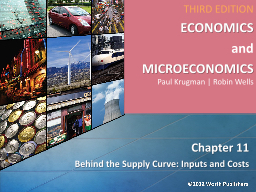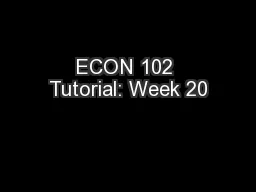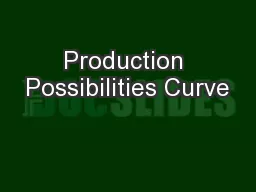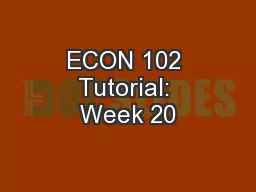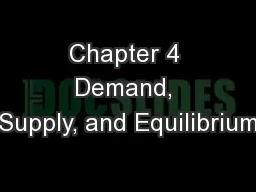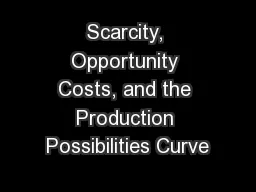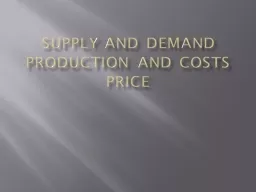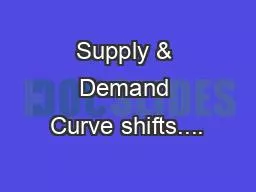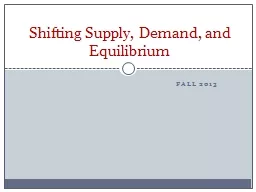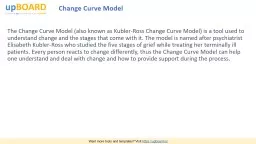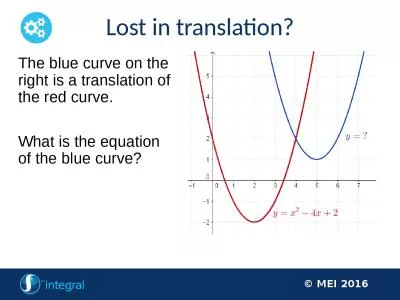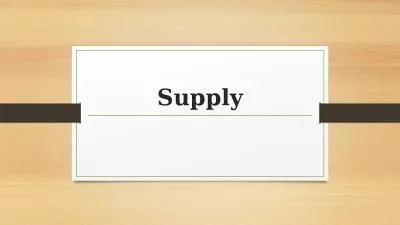PPT-Behind the Supply Curve: Inputs and Costs
Author : reese | Published Date : 2023-10-31
Chapter 11 THIRD EDITION ECONOMICS and MICROECONOMICS Paul Krugman Robin Wells The importance of the firms production function the relationship between quantity
Presentation Embed Code
Download Presentation
Download Presentation The PPT/PDF document "Behind the Supply Curve: Inputs and Cost..." is the property of its rightful owner. Permission is granted to download and print the materials on this website for personal, non-commercial use only, and to display it on your personal computer provided you do not modify the materials and that you retain all copyright notices contained in the materials. By downloading content from our website, you accept the terms of this agreement.
Behind the Supply Curve: Inputs and Costs: Transcript
Download Rules Of Document
"Behind the Supply Curve: Inputs and Costs"The content belongs to its owner. You may download and print it for personal use, without modification, and keep all copyright notices. By downloading, you agree to these terms.
Related Documents

